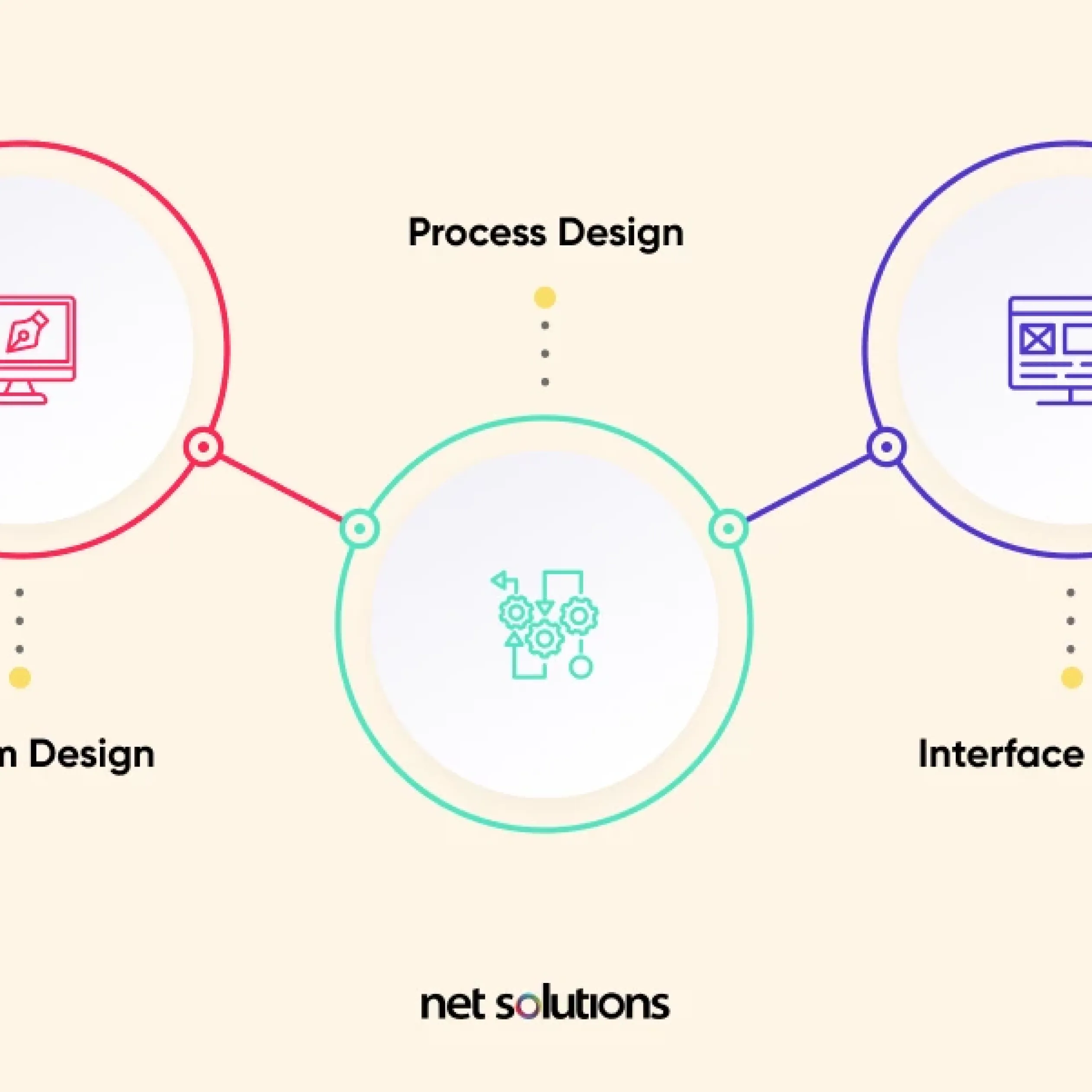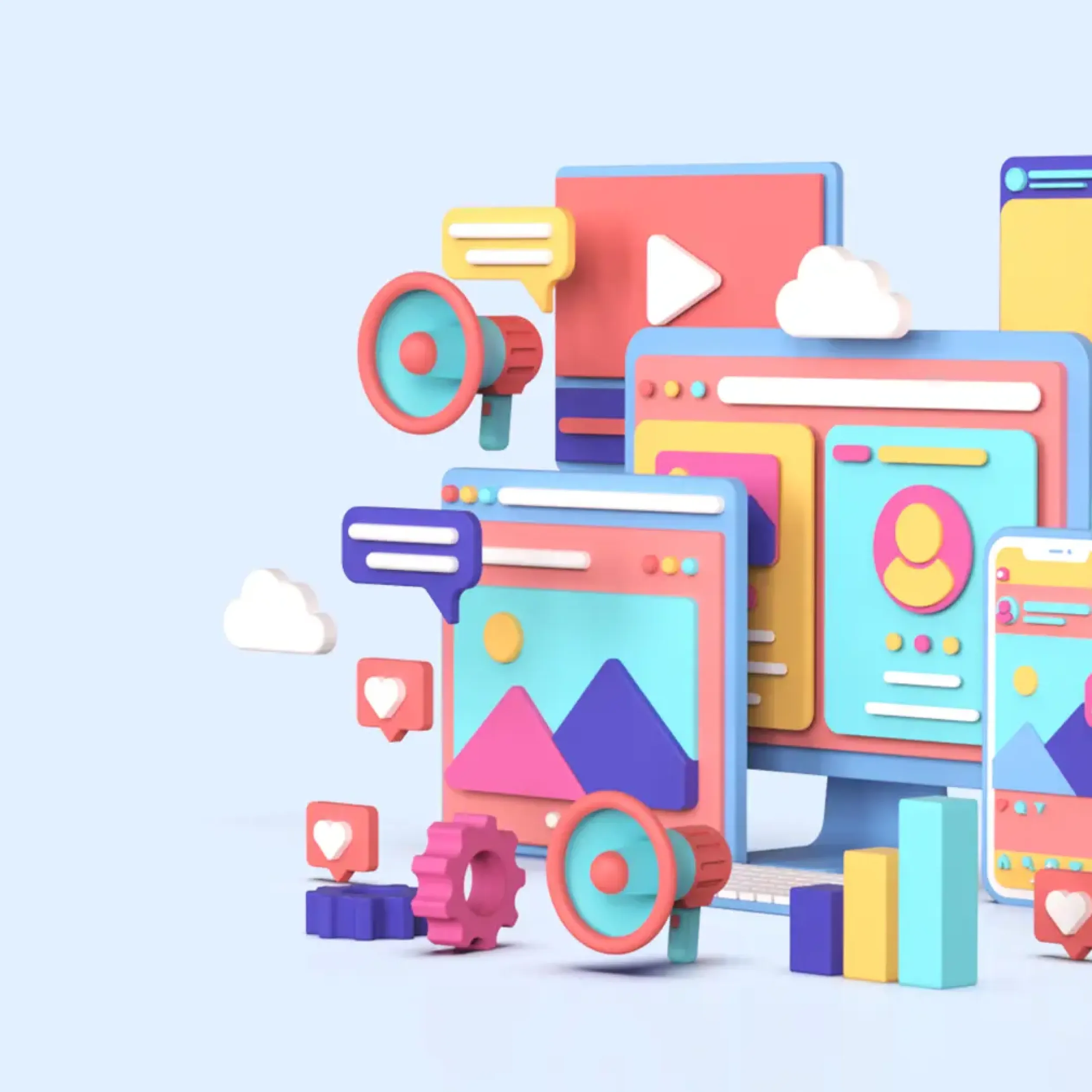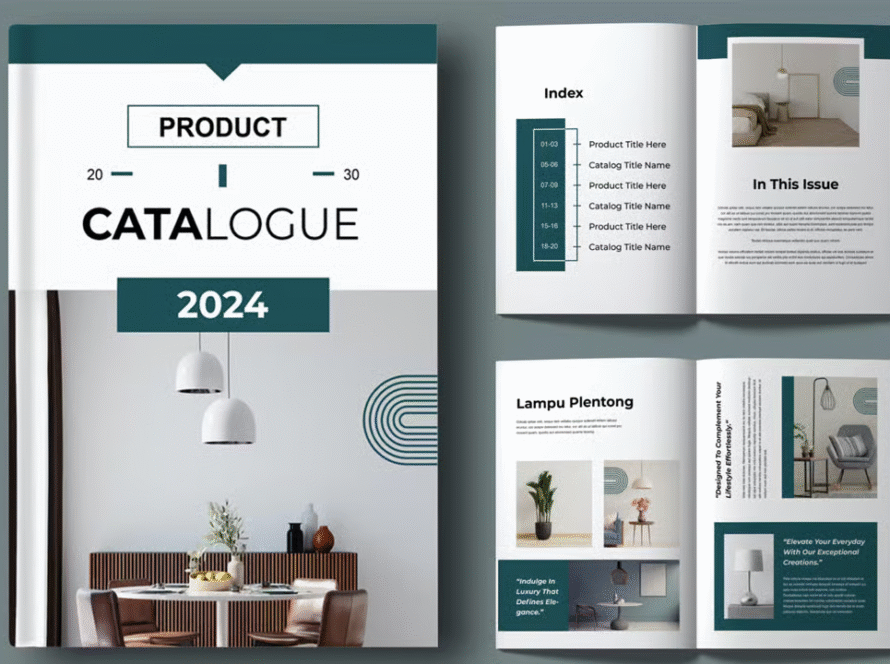Introduction
Unlike actual product design, digital product design is about designing interactive experiences, usability, and the journey that a user undertakes in the use of a product; as such, a process is not only about beauty but also about providing a way to work with real problems of users in a simple way in an effective medium.
It means research, creativity, and technology combined in producing a solution relevant to one’s users, whether that is designing for mobile apps and web platforms or SaaS ones, to produce an intuitive, attractive solution; in the end, the outcome of such a process is a product effective in helping clients.


The Importance of Digital Product Design
Good digital product design is, therefore, crucial in user engagement, customer retention, and the growth of the business. Importance thus derives in many ways:
1. Enhance Users’ Experience
A well-designed product makes it easy for browser users to understand and operate a product. Thus, it comes as no surprise that UX refers to the experience of using a product.
2. Build Trust in the Brand
A perception of trustworthiness and professionalism, which can be directly translated into credibility for your brand, is created by having design consistency, simplified interfaces, and engaging frictionless experiences.
3. Increased Turnover Rates
Great usability will lead to the greatest conversion rates—be it for signing up for a service, buying a product, or completing a task.
4. Savings on Development Costs
It eliminates the charges for redrafting the products and unnecessary loops of development iterations afterward. One will only incur costs for planning and testing product design in advance.
Core Elements of Digital Product Design
One basic tenet of digital product design is to ensure that everything is in place for the user to use the final product well.
1) User Research
User research is a key ingredient in a successful digital product, collecting insights into user needs, behavior, and pain points. User information is collected through surveys, interviews, usability tests, and analytics.
2) Information Architecture
Information architecture logically organizes content and features. When properly defined, information architecture should enable users to find information effortlessly while not encountering any roadblocks.
3) Interaction Design (IxD)
Interaction design is concerned specifically with how one interacts with the software. It deals with the formal interactions of buttons, menus, forms, or gestures that bring an easy and predictable experience to the user.
4) Visual Design
It stressed that the product should look good but also be usable. This entails organizing provisions like color, typeface choices, image use, and layout.
5) Prototyping and Testing
With prototyping, the designer creates a model of the product and obtains feedback from users. Iterative testing provides a roadmap for refining the workings of the final product before committing to full-scale implementation.
Digital Product Design Process: Step by Step
A structured approach ensures that a digital product meets the demands of business objectives and user expectations.
Step 1: Understanding the Problem
User problem understanding is a prerequisite for design before digging into focus meetings with stakeholders and all the possible research with regard to the target audience.
Step 2: Requirements Definition
As soon as there is clarity regarding the problem, the product requirements are defined with respect to the various features, functionalities, and pertinent technical specifications.
Step 3: Creation of User Personas
User personas, which are representative of users, should help the design team visualize the audience, which will lead to intelligent design decisions.
Step 4: Wireframing
Wireframes are just the current sketch of the future interface. They delineate just the structure and hierarchy of content, not really focusing in detail on visual aspects.
Step 5: Designing UI
Then comes the magic of user interface design, putting life in the wireframe—colors, typography, icons, and interactions.
Step 6: Prototyping
Interactive prototypes help test user flows, navigation, and key features before the real show development starts.
Step 7: User Testing
It is all about testing prototypes with real users and then finding pain points to transform those in the product into opportunities for improvement. This will, consequently, reduce the failure risk of the new product.
Step 8: Final Design and Handover:
Once the design gets approval, the designers prepare the toolkit and guidelines in which developers would implement it so that the product is precise.
Best Practices in Digital Product Design
Using industry best practices will ensure your digital product is productive, accessible, and engaging.
1. Keep It Simple
Do not make the interface too complicated. Less is more, concentrating users on indispensable features.
2. Prioritize Accessibility
Enable the product for everyone, including disabled users, taking into consideration screen readers, contrast of colors, and keyboard navigation.
3. Consistency Maintained
Consistent design patterns improve usability and give a professional look involving each screen and platform.
4. Mobile-First
Designing for small screens first accommodates the fact that the majority of users access services from their mobile devices.
5. Feedback Loops
It keeps user feedback flowing, so designers can keep iterating to improve the product over time.
Tools for Digital Product Design
- The advanced tools facilitate rapid design-making of modern digital products.
- Figma: An interface design tool that allows collaboration on wireframes, UI, and prototypes.
- Adobe XD: A UX/UI design and prototyping tool with the addition of interactivity.
- Sketch: A vector design application intended for UI design on the Macintosh.
- InVision: A prototyping and collaboration tool that allows interactive designs to be shared.
- Frees up the user research, flowcharts, and brainstorming.
- UI design tools, prototyping software, and collaborative design platforms.
Benefits of Digital Branding Services
- Digital branding investment adds tangible value to most businesses and entrepreneurs.
- Better Brand Recognition: Good branding creates an easily recognized online profile for your business.
- Increased Trust and Credibility: The more professional a brand appears, the more customers prefer that brand before engaging with it.
- Increased Customer Engagement: Measurement of the demographic increase in the amount of participation.
- Better Conversion Rates: When brands are consistent, they experience an increase in sales and leads.
- Competitive Advantage: ‘Always sets you apart from the competition.
Challenges in Digital Product Design
This kind of challenge is unfortunate but typical in the making of digital products:
- Balancing between aesthetics and functionality
- Fast changes in technology
- Varying user needs
- Device accessibility
- Quick iterations based on feedback
Collaboration, testing, and a user-centered approach are vital towards overcoming these challenges.
Conclusion
But they don’t just create an aesthetic product. Digital product design creates a meaningful and intuitive experience that is also user-focused. From research through prototyping, every phase of product design will not only meet user expectations but also drive business growth by ensuring that your digital product.
So, investing in a professional digital product design is bound to turn ideas into products, improve engagement, and make the brand the most trusted digital solutions provider.



